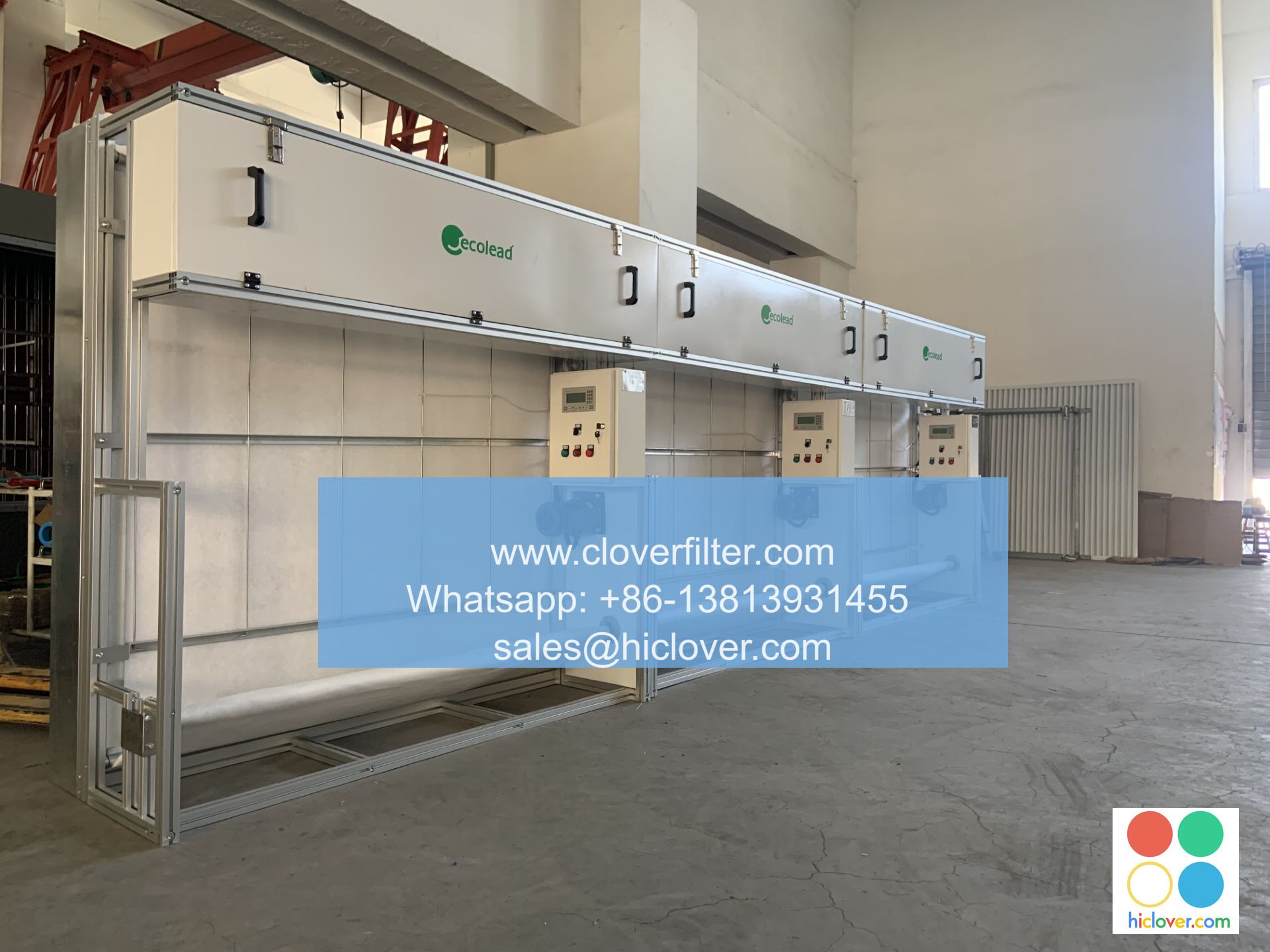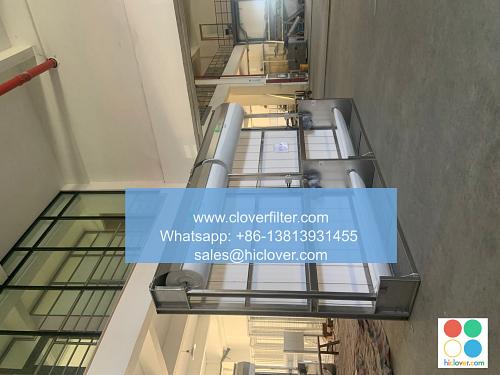The Effectiveness of Air Filters in Removing Volatile Organic Compounds (VOCs)

The quality of indoor air is a critical aspect of maintaining a healthy and comfortable living or working environment. Among the various pollutants that can compromise indoor air quality, Volatile Organic Compounds (VOCs) are particularly noteworthy due to their potential health risks. VOCs are a large group of chemicals that evaporate easily at room temperature, and their sources can range from building materials, furniture, and paints to cleaning products and personal care items. The effectiveness of air filters in removing VOCs is a key factor in mitigating these risks, and understanding how different types of filters operate is essential for selecting the most appropriate solution for various application areas, including commercial HVAC systems, industrial air purification, and residential heating and cooling.
Understanding VOCs and Their Health Impacts
VOCs can originate from a wide range of sources, including household cleaning products, paints and coatings, adhesives, and furniture and flooring materials. Exposure to VOCs has been linked to various health problems, including respiratory issues, headaches, and in severe cases, organ damage. The United States Environmental Protection Agency (EPA) and other health organizations have emphasized the importance of reducing VOC levels indoors to safeguard occupant health.
Types of Air Filters and Their Effectiveness in VOC Removal
Several types of air filters are available, each with varying capabilities in removing VOCs:
– Activated Carbon Filters: These filters are specifically designed to capture gases and odors, including VOCs, due to the high surface area of activated carbon. They are effective in removing a wide range of VOCs but may not capture particulate matter.
– HEPA (High Efficiency Particulate Air) Filters: While primarily designed to capture 99.97% of particles as small as 0.3 microns, some HEPA filters may also include an activated carbon component to enhance VOC removal.
– PCO (Photocatalytic Oxidation) Filters: These advanced filters use UV light to catalyze reactions that break down VOCs and other pollutants into harmless components.
Application Areas and Selection Criteria
The choice of an air filter for VOC removal depends on several factors, including the specific application area, the types of VOCs present, and the required efficiency. For example:
– In residential settings, filters with activated carbon are often recommended for their ability to remove VOCs and odors.
– For commercial and industrial applications, where a wider range of VOCs is likely to be present, filters that combine HEPA technology with activated carbon or PCO may offer more comprehensive protection.
– In healthcare facilities and laboratories, where the elimination of virtually all airborne contaminants is crucial, advanced filtration systems that include UV technology may be necessary.
Conclusion and Future Directions
The effectiveness of air filters in removing VOCs is a critical component of indoor air quality management. By understanding the types of VOCs, their sources, and the capabilities of different air filters, individuals and organizations can make informed decisions about the best filtration solutions for their specific needs. As research continues to uncover the health impacts of VOC exposure and as technologies evolve, the development of more efficient and targeted air filtration systems will play a vital role in protecting indoor air quality and public health in homes, offices, industrial settings, and other enclosed environments. It seems like you haven’t provided a specific question or topic for discussion. Could you please provide more details or clarify what you would like to talk about? I’m here to help and provide information on a wide range of subjects.

